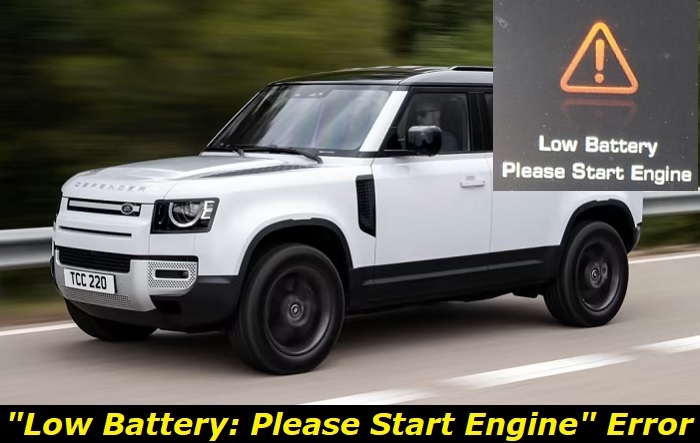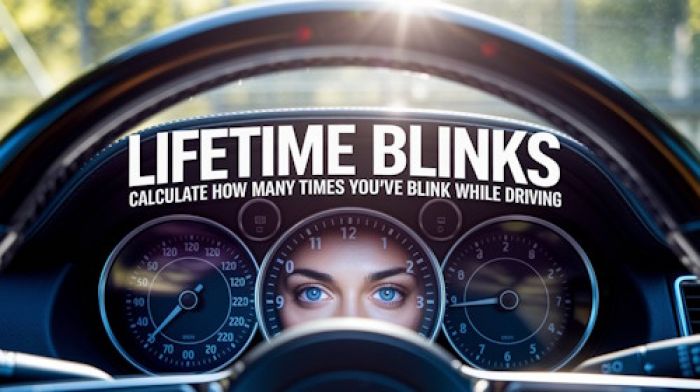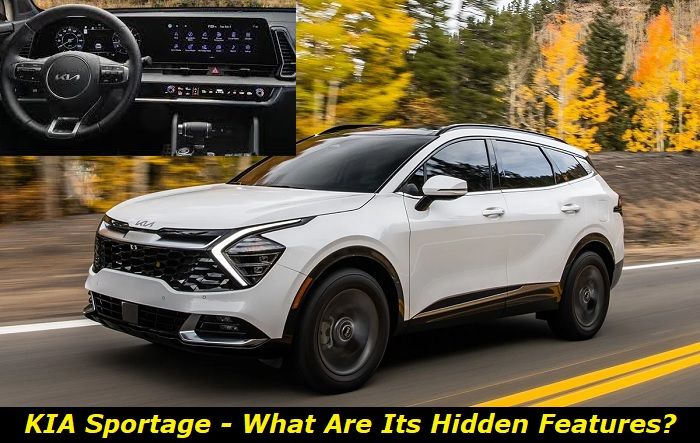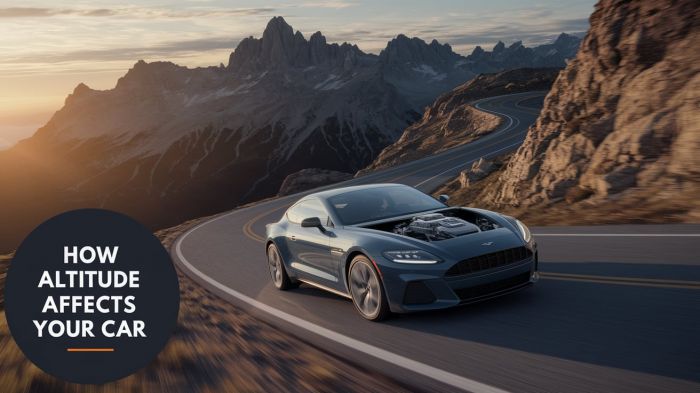Land Rover is one of the most well-known car manufacturing companies on the planet. The brand is behind some of the most successful models in modern automobile history. Some of its flagship models include the Freelander, Discovery, Range Rover, LR2, and Defender. Under the Range Rover umbrella came the Range Rover Sport, Range Rover Velar, and Range Rover Evoque.
Low battery, please start engine message highlights
- Common reasons:alternator or battery problems
- How to fix:check the voltage in various conditions, charge the battery, replace the battery
- Possible consequences:when battery dies, you will get stranded
- Priority level:High
- Can you drive?Yes
- DIY repair:Possible
- Repair price range:$150-$300

Reason for the "Low Battery - Please Start Engine" Error
An owner of a Range Rover Evoque shared online about seeing the "low battery, please start engine" on her car's panel. She stated that the problem occurred a couple of years after getting the Evoque. Her dealer told her that this problem occurred because the car was stood for quite a while or was rarely used. The dealership switched the battery, and the car started running back up for a while, at least.
- Driving short distances
Using the Land Rover for only short distances is one of the most common reasons car dealers would cite as the reason for this error message. They say that short-distance driving is not ideal for this automobile, and the problem will keep on resurfacing if the Rover is utilized this way. Some owners deal with this problem by charging the battery on a regular basis even if the car's manual does not advise this since it can create possible damage to the Rover's electronics.
- Multiple devices turned on
Your car's lights, sound system, and other electronics function thanks to the battery. As your car travels, the battery gets charged, allowing for the heated seats, lights, heated screens, and sound system to function as you go. As mentioned earlier, when the car travels lesser distances, the charging of the battery can be affected.
If you have all these devices that are dependent on your car's battery turned on at once, your battery will drain much quicker. Getting a digital multimeter will help you monitor your battery's status. Knowing its performance in real-time is essential to ensure your and your passengers' safety as you traverse the roads. Another safety net you can explore is getting a multi-stage battery charger. This tool allows you to charge the battery just once a month.
- Undercharged battery
When the battery is undercharged, the "low battery - please start engine" error will most likely occur, even as you're driving the Land Rover already. For this reason, always make sure your car, including the battery, is in good condition before you bring it to the roads. You could experience major hassle and lose so much time when you have to charge it on your way. Not to mention, an undercharged battery might cause untoward incidents not only to you but to other commuters on the road.
Fixing the "Low Battery - Please Start Engine" Error
If the engine is not running, the warning "Low battery - Please start engine" is typically shown on the touchscreen and in the instrument panel. After around 200 seconds, the Intelligent Power System Management will start shutting down the entire car's mechanisms as the battery dies out. More often than not, when the engine is started, the system returns to normal operation.
- Starting the engine
As mentioned, starting the engine will make the error message disappear as the Land Rover resumes its normal systems operations. However, plenty of reports have been shared online about the problem persisting for months and would need a technician or mechanic to put the issue to rest. Starting the engine and charging the battery regularly will help prevent this error message from appearing sooner or later.
- Driving the vehicle
Drive the car if the instrument panel says "Low Battery - Please Start Engine" so the battery can recharge to a safe level. For thirty minutes, drive your Land Rover and aim for a temperature above 32 degrees Fahrenheit. If you're in an environment where the temperature is below zero degrees Celcius, drive the thing for another 30 minutes.
When the engine is turned back off, regular system operation should continue. If not, the battery may not have been charged enough. Restart the engine if you think you're in the safe zone to do so. Contact a store or authorized mechanic if issues persist since you might be unlocking more serious problems that only a professional can assess.
Models Experiencing This Battery Issue
- 2003 Land Rover Freelander
In general, the 2003 Land Rover Freelander is the model with the most complaints from owners and users. Common issues with this model include delayed or difficult shifting, broken doors, faulty cargo door windows, and battery problems. The "Low Battery - Please Start Engine" error on this model is also quite frequent in this model. Freelancers released between the years 2002 and 2005 are more likely to experience this issue.
- Discovery
Despite being one of the best-selling land rover models, the Discovery is also one of the least reliable ones, as rated by car owners. The National Highway Traffic Safety Administration reported that models released between 1995 and 1998 had multiple issues and recalls. These errors include leaking head gaskets, sticking windshields, fast-draining batteries, and suspension and acceleration problems.
- Range Rover
The Range Rover is one of the most popular models of Land Rover. However, this magnificent vehicle is not exempted from getting complaints, including ones involving its battery. Range Rovers released from 2011 to 2017 were said to have warped brake motors, noisy engines, especially when idle, harsh downshifting, and multiple battery issues, including a frequent encounter of the "Low Battery - Please Start Engine" warning.
- LR2
Aside from poor idling, especially on a cold start, the Land Rover LR2 is also prone to encountering the "Low Battery - Please Start Engine" message. Its weak idle stage is what triggers this error signal and other alarm messages, including the "Check Engine" light. When this happens to this model, you'll need an engine control module update to fix this problem. Malfunctions with the adaptive lighting system are another frequent issue most Land Rover LR2 owners encounter.
- Defender 90
The Land Rover Defender 90 is considered one of the brand's most reliable models despite it being one of its oldest ones. However, this model is not exempted from occasional issues, including battery problems. Aside from this type of issue, a leaking engine is another prevalent issue in older releases, which is mostly an effect of a damaged crankshaft. Avoid getting Defender models that date back from the early 90s to avoid such issues.
Other Common Battery Issues in Land Rovers
- Clicking noise and slow engine crank
In most Land Rover vehicles, the starter motor that starts the engine is powered by a 12-volt battery. If the battery is not sufficiently charged, the engine may start only extremely slowly. Typically, slow cranking is the first sign of a failing battery.
In addition, weak batteries are the main reason why the Land Rover Defender makes clicking noises and won't start. When you try to start the car, if you hear a clicking sound coming from the engine compartment, the battery is fully charged but not enough for the starter. Lights and wipers use very little current, while the starter motor consumes a large amount to start the engine.
- Flickering dashboard lights
Flickering dashboard lights and a loud clicking sound when you try to start your Land Rover are additional signs of a poor battery. You'll have problems cranking the engine if the battery doesn't have enough charge to run the starter motor. Additionally, the battery voltage will drop down so that it is unable to adequately power the starter, lights, and other devices. The starting solenoid or the relay in the fuse box may be making the clicking noise.
Conclusion
A dead battery is most likely to blame if your Land Rover Defender is difficult to start, cranks slowly, or produces clicking noises when you try to start the engine. You should rule out any additional issues, such as a defective alternator, a faulty battery network, or a weak ground connection, before replacing the battery. The battery should be charged using an external charger, and a battery tester that is readily accessible on the market should be used to load test the battery.
About the authors
The CarAraC research team is composed of seasoned auto mechanics and automotive industry professionals, including individuals with advanced degrees and certifications in their field. Our team members boast prestigious credentials, reflecting their extensive knowledge and skills. These qualifications include: IMI: Institute of the Motor Industry, ASE-Certified Master Automobile Technicians; Coventry University, Graduate of MA in Automotive Journalism; Politecnico di Torino, Italy, MS Automotive Engineering; Ss. Cyril and Methodius University in Skopje, Mechanical University in Skopje; TOC Automotive College; DHA Suffa University, Department of Mechanical Engineering






Add comment